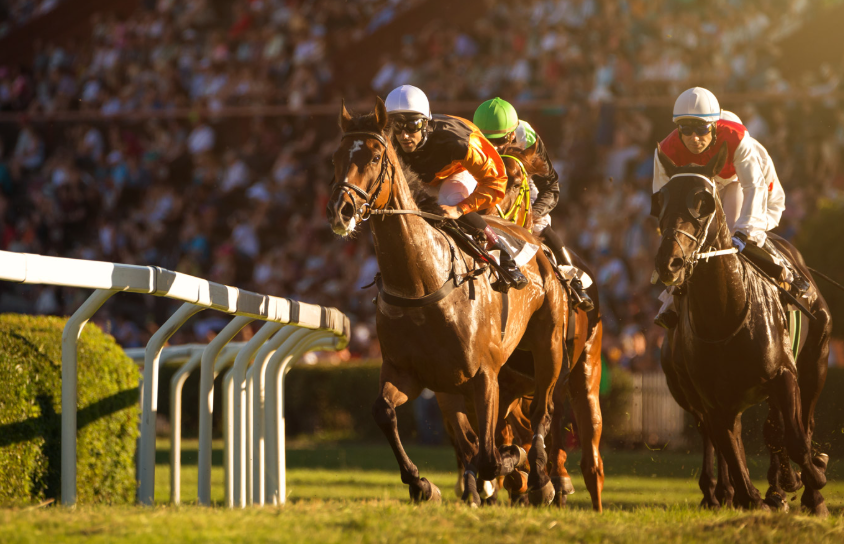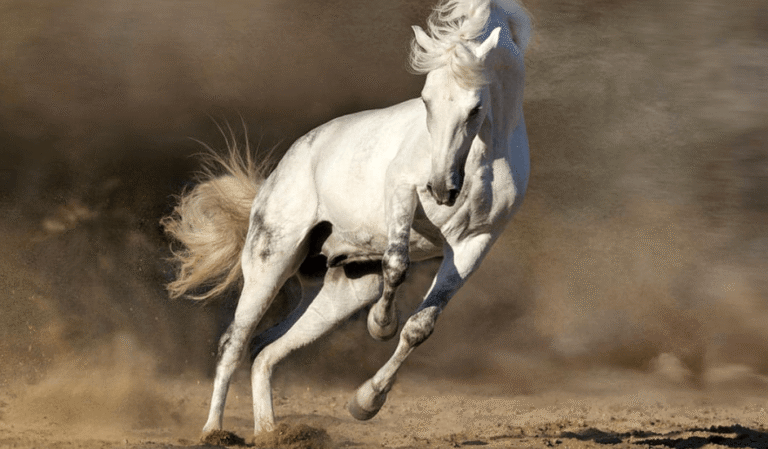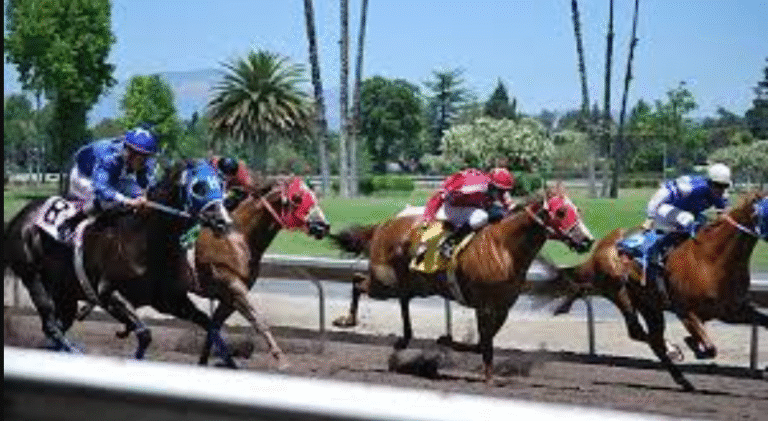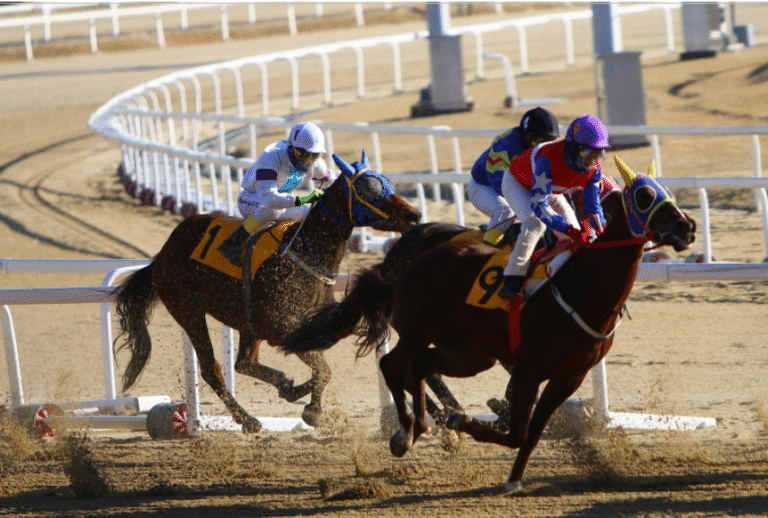The Science of Horse Racing: How to Analyze a Race

The analysis of horse racing requires an objective assessment of various performance metrics. Factors such as speed, stamina, and historical results form the foundation of evaluation. Additionally, the influence of jockeys and trainers cannot be overlooked. Track conditions also play a critical role in a horse’s performance. Understanding how these elements interact is essential for strategic decision-making. Yet, the complexities do not end here, as market trends and betting odds add another layer of intrigue.
Understanding Horse Performance Metrics
Understanding horse performance metrics is essential for evaluating a horse’s potential in racing.
Key indicators such as horse speed and race stamina provide insights into a horse’s capability on the track.
Analyzing these metrics allows owners and enthusiasts to make informed decisions that align with their aspirations, maximizing the horse’s potential while embracing the freedom of informed choices in the competitive landscape of horse racing.
See also: 10 Famous Horses That Made History in Horse Racing
The Role of Jockeys and Trainers
While the horse’s innate abilities and performance metrics are crucial, the roles of jockeys and trainers significantly influence racing outcomes.
Jockey training is essential for mastering techniques that optimize horse performance, while trainer strategies determine preparation and race day tactics.
Together, these elements create a synergy that can elevate a horse’s potential, ultimately shaping the dynamics of a race and its results.
Analyzing Track Conditions
Track conditions play a pivotal role in horse racing outcomes, as they significantly influence a horse’s performance and the strategies employed by jockeys and trainers.
Variables such as track surface—be it dirt, turf, or synthetic—and weather effects, including rainfall or temperature, can alter grip and speed.
Analyzing these elements allows for a deeper understanding of race dynamics and potential advantages for specific horses.
The Impact of Betting Odds and Market Trends
Betting odds serve as a crucial barometer in the horse racing industry, reflecting both market sentiment and the perceived likelihood of a horse’s success. Analyzing these odds alongside market fluctuations allows bettors to develop effective betting strategies. Understanding how odds shift can reveal insights into public perception and expert opinions, ultimately guiding informed wagering decisions.
| Horse Name | Odds | Market Trend |
|---|---|---|
| Thunderbolt | 5/1 | Rising |
| Speedster | 3/1 | Steady |
| Dark Horse | 10/1 | Declining |
| Quicksilver | 2/1 | Rising |
Conclusion
In the intricate world of horse racing, success hinges on a careful analysis of performance metrics, the influence of jockeys and trainers, and the nuances of track conditions. Yet, as the betting odds fluctuate and market trends shift, the true potential of each horse remains shrouded in uncertainty. Will the favored contender secure victory, or will an underdog surprise the crowd? In this unpredictable arena, informed insights are essential, but the thrill of the race always holds its secrets close.






